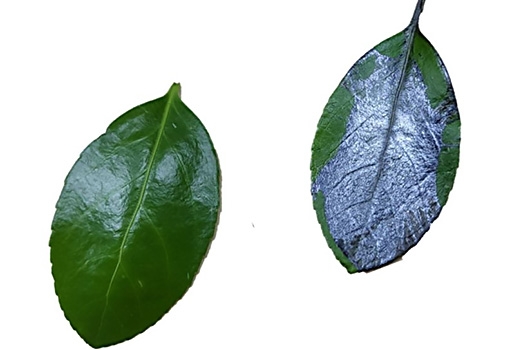Finding reliable, eco-friendly power sources is crucial as our world grapples with increasing energy needs and the urgent call to combat climate change. Solar energy offers one solution, with scientists devising ever more efficient materials for capturing sunlight.
Perovskite solar cells have emerged as a promising alternative to conventional, silicon solar cells, boasting a number of advantages. But processing the material has been a complicated affair. Now, researchers at UC Santa Barbara have developed a method to make high-quality perovskite films at room temperature. The team’s innovation not only simplified the production process but also increased the material’s efficiency from under 20 percent to 24.4 percent. The details appear in the journal Joule.
Perovskite is a class of materials characterized by its specific crystal structure, exemplified by the mineral of the same name. Solar cells made from this material boast many advantages compared to silicon-based solar cells. They’re lightweight, flexible and can be applied as a spray or printed like ink. Perovskite solar-cell production also has the potential for a smaller carbon footprint than silicon photovoltaics, which require high temperatures and a cleanroom environment.
That said, producing these cells involves high-temperature annealing and tricky post-treatment steps, significantly slowing fabrication and making it hard to incorporate them into everyday items. These factors impede perovskite’s adoption in large-scale manufacturing and make them less environmentally friendly
By fine tuning the material’s chemical composition, the authors developed a perovskite ink that created high-quality films much more effectively. “Our method follows the same procedures as the conventional one, except for omitting the two most time-consuming steps: thermal annealing and post-treatment,” said co-lead author Ahra Yi, a postdoctoral researcher at UC Santa Barbara. The simpler fabrication technique also meshes better with standard manufacturing processes and reduces the overall energy use, which lowers its carbon dioxide emissions.

Researchers coated the leaf on the right with a thin film of perovskite, which would have been impossible using earlier perovskite coatings, which required a high temperature that would have destroyed the leaf.
